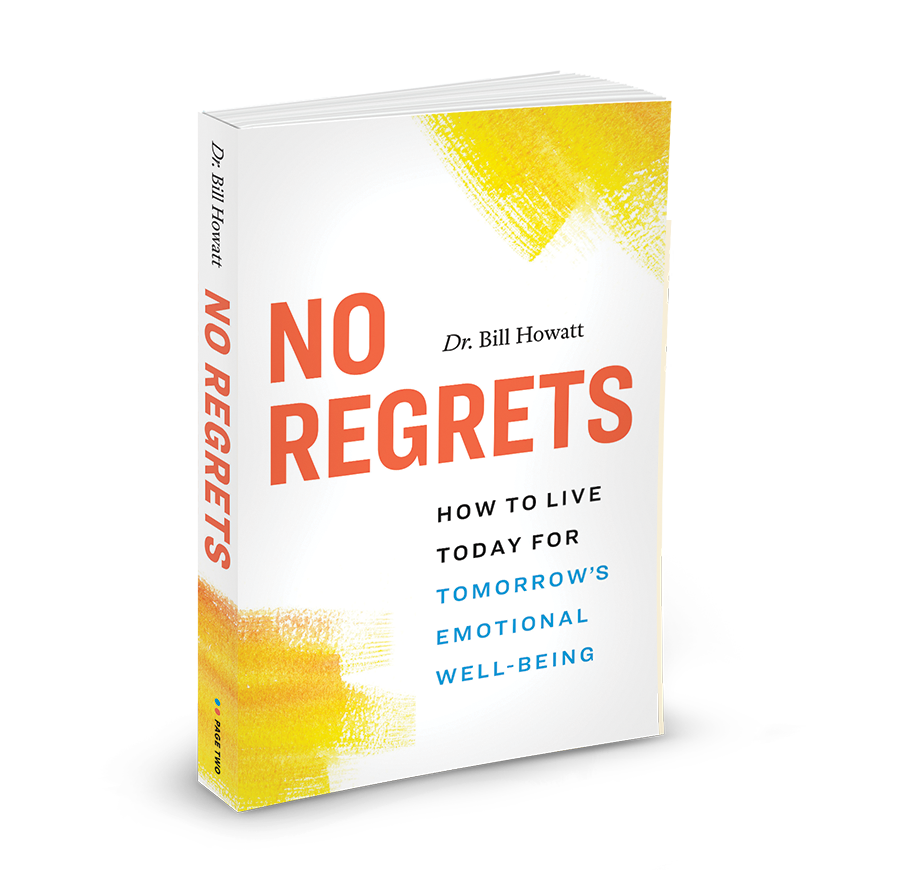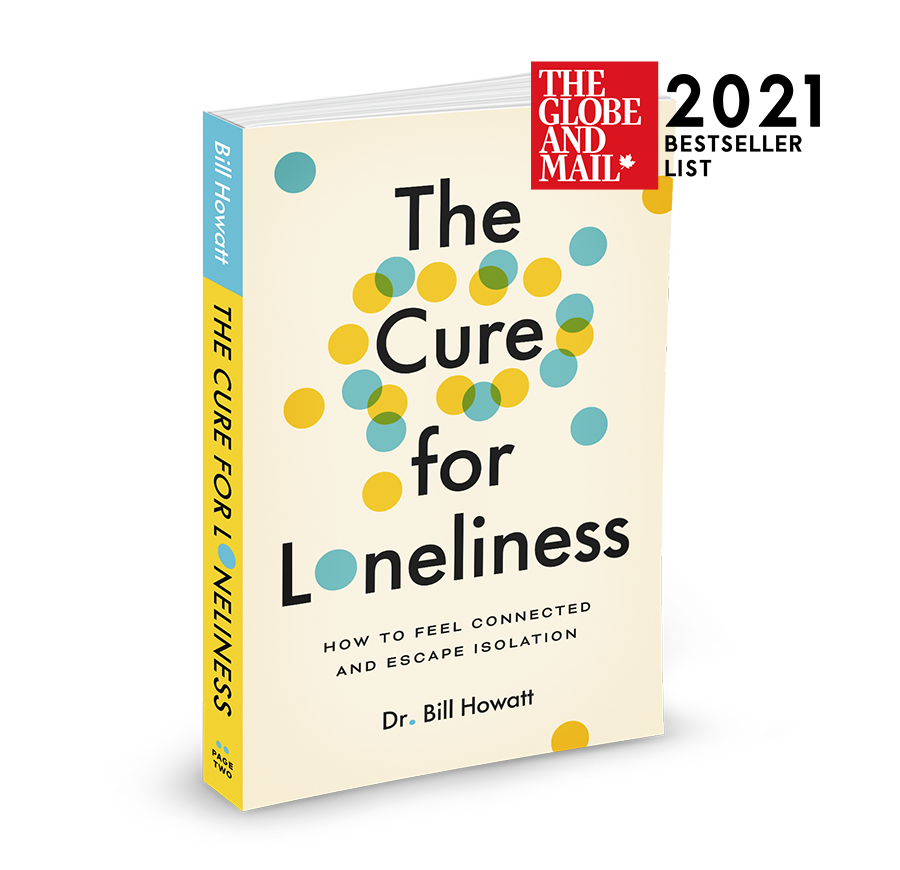For the past few months, many employees have been running on adrenaline. With all the change and disruption, it’s been a challenging time. Now, the movement towards slow re-opening of provinces and businesses has the potential to cause more strain.
For many employees, COVID-19 has increased the number of meetings, check-ins, and after-hour requests for action. This extra demand, on top of dealing with all the challenges that come with taking care of children, supporting family members, and learning a new way to live and work has been taxing for many.
Mental fatigue results from pushing our brains for an extended time. When we push ourselves this way, the brain begins to buckle under the weight of working too many hours, making too many decisions, satisfying too many demands, and dealing with too many disruptions. This prolonged cognitive load [1] can result in an employee feeling overwhelmed.
Some common signs often associated with mental fatigue:
- Physical fatigue
- Insomnia
- Weight gain or loss
- Impatience
- Headaches
- Upset stomach
- Difficulty concentrating
- Body aches
- Increased risk for illness, such as flu
WHAT LEADERS CAN DO TO HELP EMPLOYEES AVOID MENTAL FATIGUE:
- Remove assumptions – Many employees are working at all hours of the day, and most days of the week. This schedule can result in employees sending and receiving emails at any time of the night and weekend. Without clarity of expectations, some may believe they’re expected to respond even outside core hours. Leaders can help by clarifying expectations and modeling healthy behaviors. The more specific and clear the directions, the better.
- Eliminate meeting madness – It’s important to meet and share. However, leaders should be observant of how many hours employees spend in meetings and whether all the meetings are valuable and necessary. Meeting madness occurs when employees are required to be in so many meetings that they don’t have time during core hours to do their assigned work.
- Promote and model health and wellbeing – There’s research [2] that demonstrates the value of physical exercise to mental fitness. Openly discuss and share the benefits of adopting a daily physical health plan to get the body going and to give the mind a break. Taking a walk or doing some exercise over the lunch period and then having a healthy lunch can help the brain recharge. Also, discuss with employees the importance of prioritizing sleep during a crisis. Encourages shutting down early, resting, and getting a good night’s sleep every night. Over the long term, this will result in greater sustainability and less risk for employees to experience mental fatigue.
- Encourage micro-breaks – Encourage employees who have been making extra effort to take micro-breaks, like starting work a few hours later every Wednesday or logging off work at lunch time on Friday. This will give them an opportunity to unplug, re-charge, and rest from the demands of work outside of their normal days off.
- Monitor capacity load – Be mindful of the demand on employees, how many projects they have, and how many hours they’re spending on them. Avoid the urge to focus just on the outcome of what’s getting done; be aware of the process and effort that it takes. Check in with employees about their workload and help them set realistic goals.
- Promote boundary-setting – Give employees permission to set boundaries and to say no to requests with an explanation as to why they’re saying no, or what would need to happen for them to feel okay about saying yes.
It’s important that leaders and managers watch for signs of mental fatigue. In addition to affecting a person’s mental health and view of their workplace experience, it increases their risk of making cognitive errors or even causing accidents. It is also a precursor to burnout – a much more severe condition that is equally preventable when the right measures are in place.


